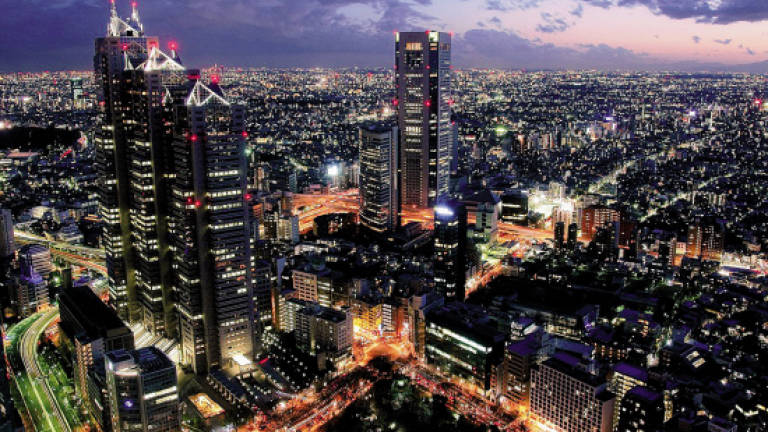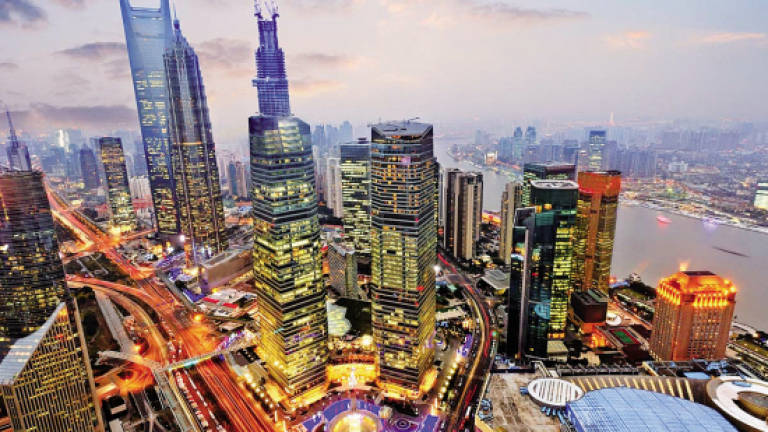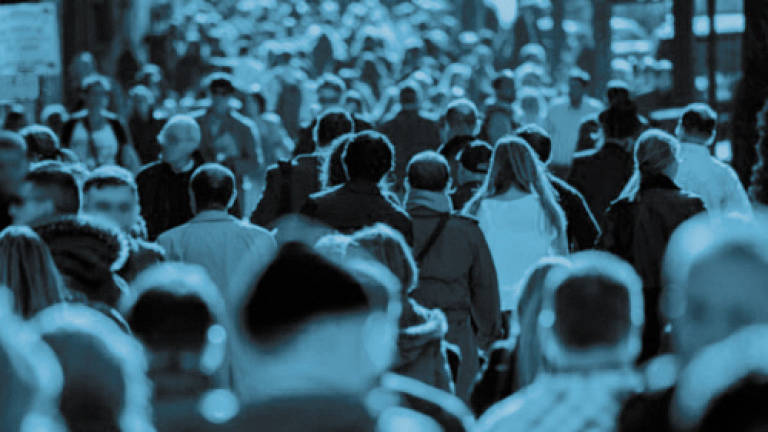Modern city DNA - Part 1




Characteristics of super cities and the power it has to spur national economy
URBAN migration attracting a particular type of demographic set – high-value professionals that are tech-savvy – is said to be the seed that is harvesting mega cities, otherwise known as global cities.
The rising of technology firms in urban areas and “big” towns, along with the perks that make for a “convenient and connected lifestyle” – online (in cyberspace), as well as on-ground (via convenient transportation via busses, taxis, trains/lrt/mrt, etc.) – these are drawing creative talents of the new age workforce and boosting urban economies.
The super in super cities
Call them mega cities or global cities, we explore these mostly urban areas, some along a revolutionary course of developing to become one, uncovering the DNA of these bustling regions and up-and-coming city centres with huge potential.
According to a five-year study conducted by Dr Tim Moonen, director of intelligence at The Business of Cities Ltd., there are five characteristics that contribute to the rise of these successful cities, which are:
»enhanced connectivity which enables trading;
»openness to diverse populations which attract entrepreneurs, merchants and traders, thus broadening the population catalogue;
»drive for innovation and invention of products and means of trade as in transport, currencies, insurance/stock markets, etc.;
»hunger to seek new markets where products can be sold; and
»willingness to take advantage of geopolitical change and opportunity as in expanding interests in new territories, aligning with winners in conflict or offering specialists services to new populations.
While many call to mind established cities like New York, London, Paris and Hong Kong with their populations of 10s of millions; cities like Shanghai, Mumbai and Sao Paolo have subsumed nearby cities, having undergone metropolitanisation.
Great was not always great
According to Moonen, there is a third and new wave of “global or mega cities” that have emerged in the last five to 10 years-smaller in size yet vivacious, innovative clusters offering high quality life and making use of cutting-edge technologies.
Benefits of these mega cities include firstly urbanisation. Where there is global growth, economies rise, lifestyles improve, living standards, jobs and wages step up, opportunities increase and businesses prosper. These are just some of the rewards sequential to a city that has developed to become a mega or global city.
While there are advantages, there are also disadvantages like:
»over crowded spaces which
»lead to health issues and such;
»the need to improve urban infrastructure;
»rising consumer needs as in housing, food stock and transportation;
»more jobs will need to be created;
»changing of old policies and institutions that can adapt or lose out; and more.
Expert’s say
According to remarks raised by Brookings Metro director Amy Liu at the Global Cities Summit in 2016: “As worldwide cities globalise and hyper-connect, whether as innovation hubs or manufacturing houses, continuous adaptation is required in order to be globally competitive and inclusive. How globalisation is managed will be the key to a city’s success or failure in its aim to achieve global or mega city status,” she said.
Hence, to remain relevant in this current era, the word of advice is – “Cities must increase their global competitiveness and create shared prosperity.”
Industry bigwigs and top brass professionals recommend:
»actively adapt to the unique global challenges;
»continuously upgrade the competitiveness of trade sectors;
»export and expand;
»improve access to quality education;
»launch global trade and investment strategies;
»build relationships with global firms and assist each other to
»be more trade-intensive; and
»be proactive and use a more strategic and demand-
»driven approach to
»workforce development.
In short, solve problems, collaborate, create local conditions for firms and workers to be part of a global success.
With that, next week we take a look at two cities in Malaysia and explore their global competitiveness or how each is working towards achieving it.
[The above mentioned information is retrieved from The Business of Cities Ltd and The Brookings Institution.]